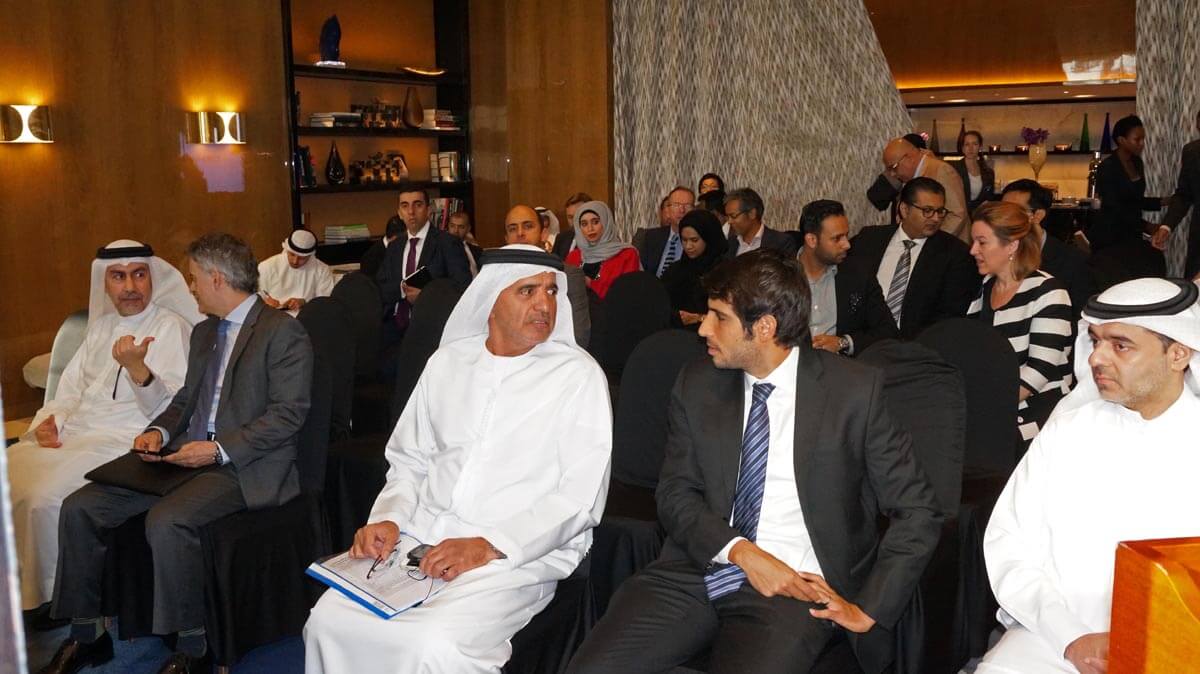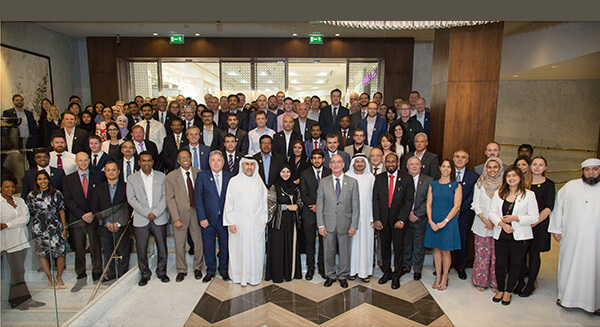
- The best performers among schools consume 61% less energy compared to the worst performers
- Lowest consuming malls use 35% less energy than the highest consumers
- Best performers in hotel industry are 58% more energy efficient
- Report establishes industry baseline for hotels, schools and malls to evaluate their energy and water performance
Dubai, UAE; January 10, 2019: While several schools, malls and hotels in Dubai are way ahead in achieving high levels of energy and water use efficiency, others need to pace up their sustainability commitment to ensure they are aligned with the sustainable development vision of the nation.
This was revealed in the results of the Building Efficiency Accelerator (BEA) Project Report, prepared by Emirates Green Building Council (EmiratesGBC), an independent forum aimed at conserving the environment by strengthening and promoting green building practices.
The BEA project is led by the World Resources Institute (WRI) under the UN programme, Sustainable Energy for All (SEforAll), which aims to accelerate implementation of building efficiency policies and programs, and double the global rate of improvement in energy efficiency by 2030.
Dubai is the first and only city in the Middle East committed to the BEA, and EmiratesGBC is serving as the BEA City Liaison in partnership with Dubai Supreme Council of Energy (DSCE) to evaluate the energy performance of hotels, schools and malls in the city.
EmiratesGBC’s BEA team assessed the energy and water performance of existing buildings against similar buildings within the same typology as part of the study since January 2018. A total of 121 properties, including 85 hotels, 27 schools and 9 malls, submitted data on their energy and water use.
The BEA project findings demonstrate performance disparity in all three groups. The study revealed that the best hotel and hotel apartment performers consume 58% less energy and 65% less water per unit area than the worst performers in the category. Older hotels are likely to consume more energy and water per unit area further highlighting the importance of retrofits. Higher star-rated hotel properties are also likely to consume slightly more energy and water per unit area with hotels and hotel apartments consuming 12% less energy and 36% less water, on average, per area than resorts.
The best performers among schools consume 61% less energy and 84% less water per unit area compared to the worst with newer schools likely to be higher consumers of energy and water. The report also indicate that schools rated higher by the Knowledge and Human Development Authority (KHDA) were likely to consume less energy per unit area. Among malls, the the lowest consumer uses 35% less energy and 58% less water per area compared to the highest consumer.
Saeed Al Abbar, Chairman of EmiratesGBC, said: “The project’s main objectives is to promote energy efficiency within Dubai’s existing building stock by providing performance benchmark data to the industry and public sector. We believe this will provide vital information on the performance of existing buildings to policy makers and building owners and will accelerate the uptake of energy retrofits. The findings reveal that there is a strong potential for savings and operational efficiencies that can be achieved through remedial actions such as audits, retrofits, energy management and the use of awareness campaigns or trainings to drive changes in behaviour. The report also highlights the importance of deep retrofits as a substantial measure in advancing towards 100 per cent Net Zero Carbon Buildings by 2050 and to achieve the goals of the Paris Agreement of keeping global warming well below 2 degrees Celsius.”
HE Secretary General Ahmad Muhairbi, Secretary-General of the Dubai Supreme Council of Energy, said: “Energy sustainability has come to the top of the agenda of the Dubai Government, driven by the visionary leadership of HH Sheikh Mohammed Bin Rashid Al Maktoum, The Ruler of Dubai. Having a direct impact on overall wellbeing of its citizens and residents, sustainability ensures a sound foundation on our journey to improve the image of our local urban life and become the number 1 city in the world in all aspects.
We thank the Emirates Green Building Council for working with us both on meeting our goals within the Accelerator. One of the results of this work is launching of several initiatives within the government, and this publication in particular comes as one of the key deliverables with a broad application to demonstrate joint work between the public and the private sector.”
The BEA project report provides easy to adapt recommendations for facility managers, operators and building owners to assist them in accurately measuring their buildings’ performance. Among the recommendations is the importance of having a sufficient number of sub-meters within malls to track and measure energy and water use.
The report also recommends building on Dubai’s existing strategies and policies to encourage benchmarking across all types of buildings. This will help future mandates for building audits and retrofits for poor performing buildings, thereby paving the way for decarbonisation and net zero buildings.
EmiratesGBC will provide the participating hotels, schools and malls with tailored scorecards to highlight the performance of the properties, and to support them in deciding where urgent action is needed to increase efficiency and building performance.
Among the leading entities that participated in the benchmarking project are: Accor Hotels, Middle East & Egypt; Hilton, Middle East & Africa; Taaleem, Inspiring Young Minds; Majid Al Futtaim; Marriott International, Middle East & Africa; Millennium Hotels & Resorts, Middle East & Africa; Movenpick Hotels & Resorts, Middle East & Africa; and Nakheel. Majd Fayyad, Technical Manager, and Jason John, Technical Analyst, at EmiratesGBC led the project and prepared the report.
-ends-
Background of the Study
- The study analysed the Energy Use Intensity and Water Use Intensity of hotels, schools and malls.
- A total of 121 properties submitted data for the project with 103 properties located in Dubai, including 85 hotels, 27 schools and 9 malls.
- The energy and water data, along with general building characteristics, used for the benchmarking results was obtained directly from the properties using questionnaires.
- The report’s main aim was to support the energy performance labelling of existing buildings as part of Dubai’s commitment to the BEA.
Key Findings
- Unequal energy and water performances across the Dubai hotels, schools and malls.
- Hotels:
- Overall, best performers consume 58% less energy per area than worst performers.
- Best hotel performers consume 65% less water per area than worst performers.
- Best resorts performers consume 78% less water per area than worst performers.
- A median hotel in Dubai consumes 252 kWh/m2/year of energy and 1,486 litres/m2/year of water.
A median resort in Dubai consumes 334 kWh/m2/year of energy and 1,676 litres/m2/year of water.
- Older hotels and higher star-rated properties are both likely to consume more energy and water per unit area.
- Schools:
- The best performers consume 61% less energy per area compared to the worst performers.
- The best performers consume 84% less water per area compared to the worst performers.
- A median school in Dubai consumes 134 kWh/m2/year of energy and 852 litres/m2/year of water.
- Newer schools are likely to consume more energy and water per unit area.
Higher KHDA rated schools are likely to consumer less energy per unit area.
- The lowest consumer consumes 35% less energy per area compared to the highest consumer.
- The lowest consumer consumes 58% less water per area compared to the highest consumer.
- A median mall in Dubai consumes 465 kWh/m2/year of energy and 1300 litres/m2/year of water.
- Over half the energy, on average, was consumed by the mall tenants with the remaining energy consumption split between the cooling and common areas.
- Comparisons to international benchmarks show that a median enclosed mall in Dubai consumes 57% more energy per unit area than a median enclosed mall in US.





 Become a Member
Become a Member


